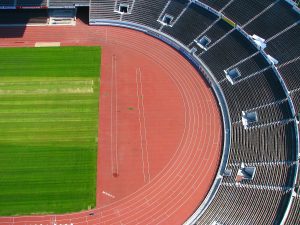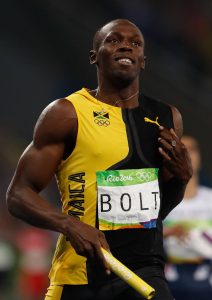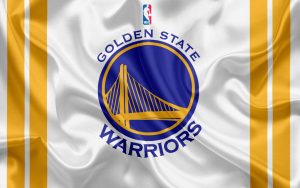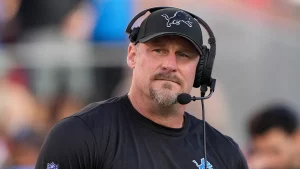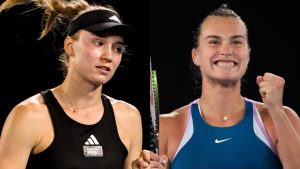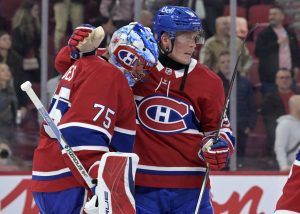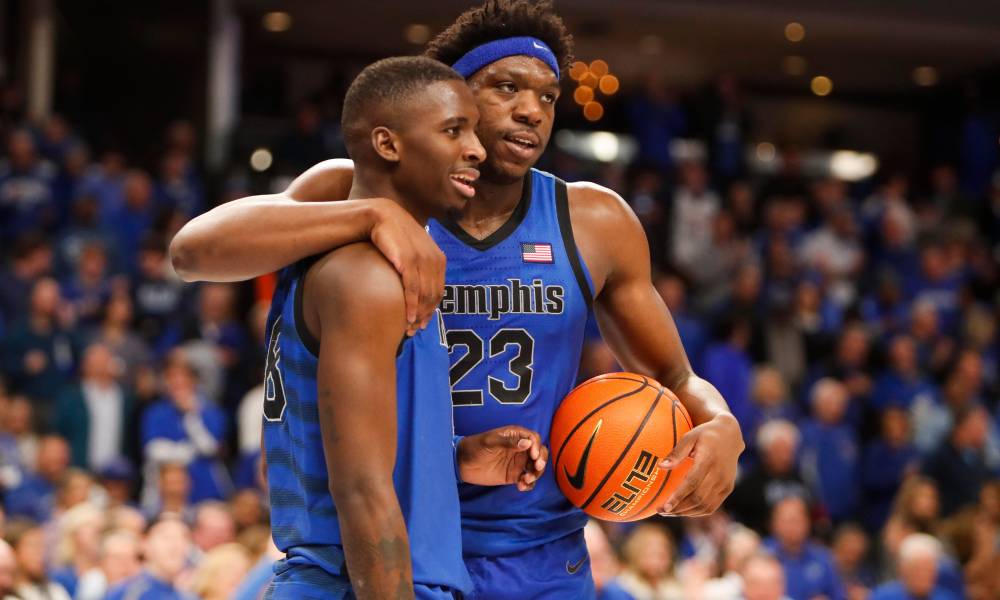
Take Five: Ex-Tiger Coleman gets gig (hint: not donuts)
2. Coleman just found out he has been hired by ALSAC, the organization that raises funds and awareness for St. Jude Children’s Research Hospital. Coleman was over the moon when I talked with him Monday. He’ll be starting at ALSAC next week. So if you want to buy a donut from him, you’ll have to make it to Gibson’s (7 a.m. until 2 p.m.) by Friday.
3. Of course it makes sense to sit Marc Gasol against the Cleveland Cavaliers Tuesday night. And to those who fret that the Cavs might respond by sitting LeBron James when the two teams play in Memphis Wednesday, I say a) there’s no indication that will happen, and b) if it does, great! The task in front of the Grizzlies is to stack wins. If LeBron is out, the Grizzlies are more likely to win. Would there be thousands of disappointed Cavs fans at FedExForum Wednesday night? Yep. But that’s what can happen, when you latch on to a star instead of a team.
4. Two really interesting Memphis-related tidbits in this excerpt from Michael Lewis’ new book, which was recently reprinted in Slate. http://www.slate.com/articles/arts/books/2016/12/how_daryl_morey_used_behavioral_economics_to_revolutionize_the_art_of_nba.html. The excerpt is about Daryl Morey’s attempt to rationalize the NBA draft process. As part of that effort, Morey and the Rockets built a statistical model, which did well its first year. Then came 2008: “That year the Rockets had the 25th pick in the draft and used it to pick a big guy from the University of Memphis named Joey Dorsey. In his job interview, Dorsey had been funny and likable and charming — he’d said when he was done playing basketball he intended to explore a second career as a porn star. After he was drafted, Dorsey was sent to Santa Cruz to play in an exhibition game against other newly drafted players. Morey went to go see him. `The first game I watch he looks terrible,’ said Morey. ‘And I’m like, `F…!!!!’ Joey Dorsey was so bad that Daryl Morey could not believe he was watching the guy he’d drafted. Perhaps, Morey thought, he wasn’t taking the exhibition seriously. `I meet with him. We have a two-hour lunch.’ Morey gave Dorsey a long talk about the importance of playing with intensity, and making a good impression, and so on. `I think he’s going to come out the next game with his hair on fire. And he comes out and sucks the next game, too.’ Fairly quickly, Morey saw he had a bigger problem than Joey Dorsey. The problem was his model. `Joey Dorsey was a model superstar. The model said that he was like a can’t-miss. His signal was super, super high.’”
5. The other anecdote concerned Gasol. If Morey’s experience with Dorsey demonstrated the limits of the model, his experience with Gasol demonstrated the limits of the subjective opinions of scouts: “Freshly exposed to the human mind, Morey couldn’t help but notice how strangely it operated. When it opened itself to information that might be useful in evaluating an amateur basketball player, it also opened itself to being fooled by the very illusions that had made the model such a valuable tool in the first place. For instance, in the 2007 draft there had been a player his model really liked: Marc Gasol. Gasol was twenty-two years old, a seven-foot-one center playing in Europe. The scouts had found a photograph of him shirtless. He was pudgy and baby-faced and had these jiggly pecs. The Rockets staff had given Marc Gasol a nickname: Man Boobs. Man Boobs this and Man Boobs that. `That was my first draft in charge and I wasn’t so brave,’ said Morey. He allowed the general ridicule of Marc Gasol’s body to drown out his model’s optimism about Gasol’s basketball future, and so instead of arguing with his staff, he watched the Gasol get taken with the 48th pick of the draft. The odds of getting an All-Star with the 48th pick in the draft were well below one in a hundred. The 48th pick of the draft basically never even yielded a useful NBA bench player, but already Marc Gasol was proving to be a giant exception. (Gasol became a two-time All-Star in 2012 and 2015 and, by Houston’s reckoning, the third-best pick made by the entire NBA over the past decade, after Kevin Durant and Blake Griffin.) The label they’d stuck on him clearly had affected how they valued him: names mattered. `I made a new rule right then,’ said Morey. `I banned nicknames.’ ”

